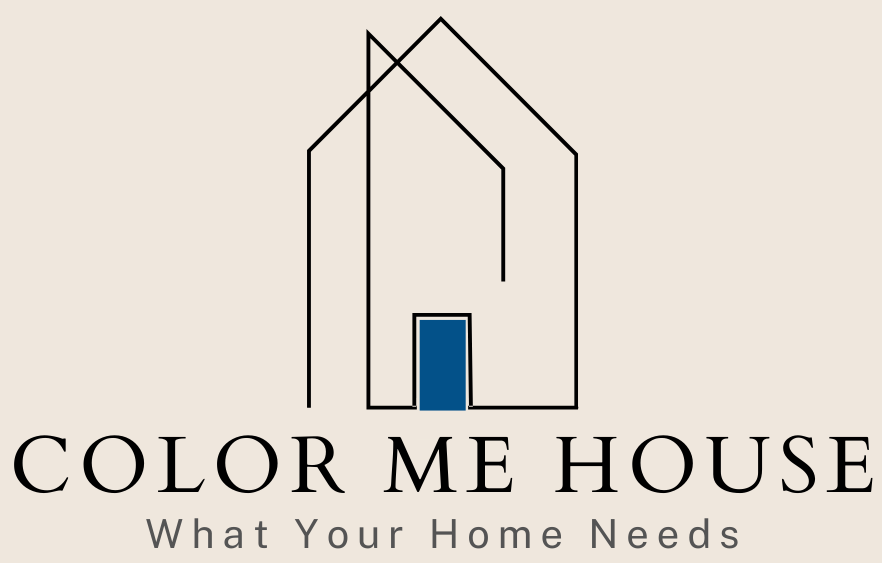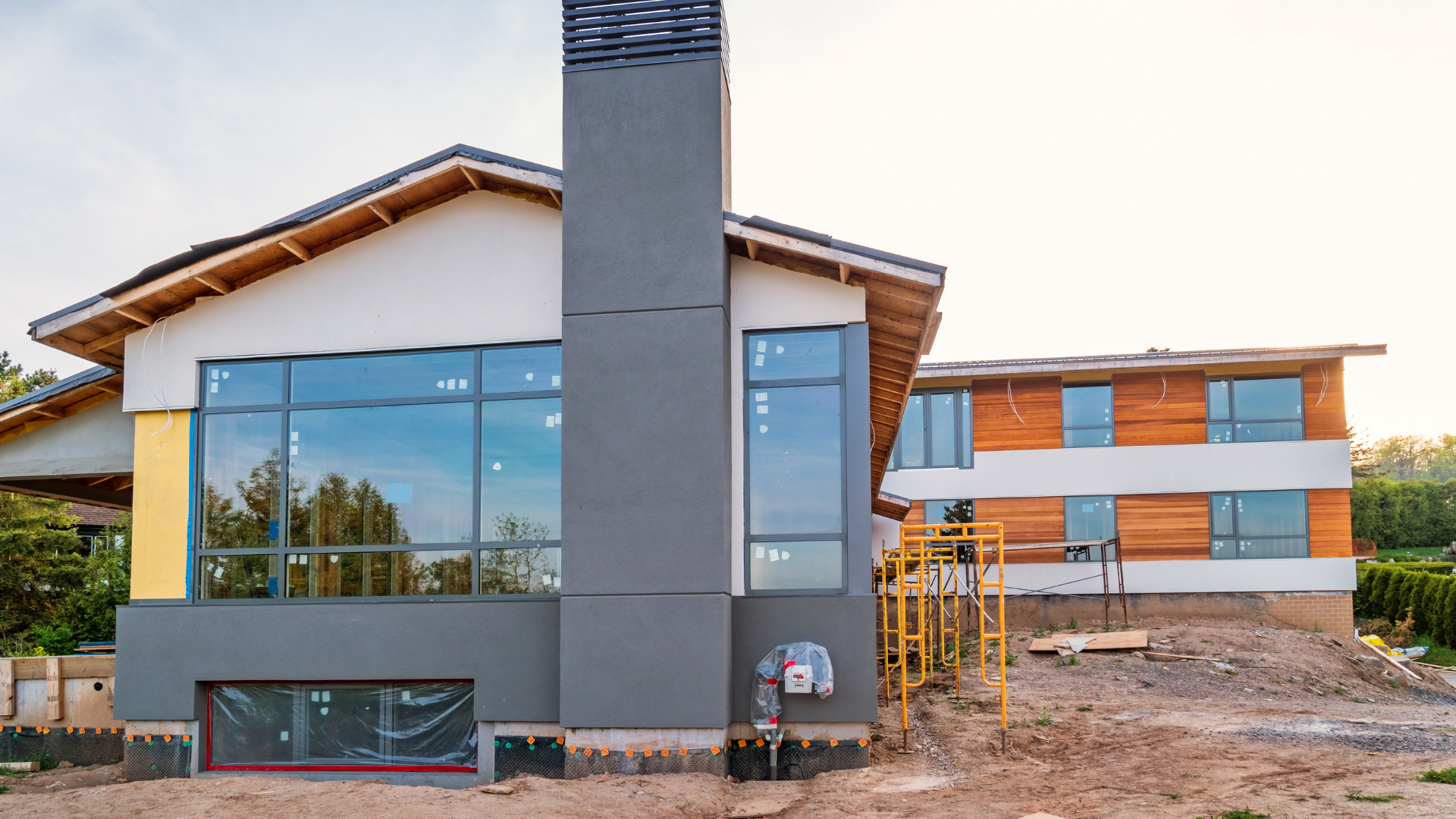An accessory dwelling unit (ADU) is a tiny home with a lot in common with the traditional house you live in. They typically range between 320 and 560 square feet, and they share many of the same features. But ADUs also have some unique qualities that differentiate them from regular houses, such as limited indoor space, no dedicated laundry area, and no private off-street parking.
Some people like ADUs for their affordability, while others prefer to rent long-term properties located in urban areas, where land is at a premium. Due to the greater diversity in urban areas, tenants and real estate investors seem to be drawn to them. Buying a property in such a location could be a worthwhile investment. However, you should be aware that the rates could be higher than you expected. Therefore, it would be wise if you could contact lenders (Pine Financial Group Denver, for instance) to help you acquire the property.
As more and more people desire to live in smaller homes, especially in the high-cost housing market, many have turned to Accessory Dwelling Units (ADUs) as a solution. ADUs are dwellings, either attached or detached, that is built in connection with the main dwelling. They are often referred to as in-law units, guesthouses, garage apartments, or cottages. They can be built with the help of commercial general contractors as part of a larger housing project, or can be commissioned to be built as a stand-alone for a single house. However, most are only 350 to 1,000 square feet, which isn’t enough for most people. But a new trend has emerged where homeowners are building “tiny homes” that function as a sort of ADU but are much, much smaller.
If you’re considering purchasing an Accessory Dwelling Unit, you might be wondering what it is and its benefits. They are not legal in all states and cities, but many states and cities are beginning to consider them, so if you live in one of them, it is still possible to buy one. You might just need to consult the concerned dignitaries to get the required permission. In case you aren’t up for the amount of hassle involved, maybe you can leave this task to a real estate firm such as Finlay Brewer (view website here, if interested). They can not only find you a suitable ADU unit, but also take care of the necessary legal work. However, there are several pros and cons to having an ADU, which you should take into consideration before purchasing one.
The pros and cons of accessory dwelling units:
Pros:
- ADU generates extra income for the homeowners if the space is being rented.
- ADU contributes to the value of the properties.
- ADU adds more space to the property, similar to workshops or adding more guest suites.
Cons:
- The ADU can actually take a lot of spaces that you could use for storage and a garage.
- When ADU is utilized as rental space, it also requires a lot of maintenance.
- To build an ADU means it will cost a lot of money; there is a bigger chance your monthly utilities and property taxes will increase.
What are the benefits of ADUs?
ADUs are sometimes also called granny flats or mother-in-law suites. ADUs provide housing for additional people in an existing home. It is a structure built on the grounds of a home to provide extra living space. ADUs have many benefits, including affordability, and they allow homeowners to generate income by renting out the space to renters. They can be a small one-bedroom, one-bath unit or a full kitchen, bath, and living area.
ADUs are great for growing families, aging parents, or single adults looking to have a guest or roommate stay with them. With more adults living alone, there is a growing trend toward having secondary dwellings or ADU. They are nothing more than secondary living spaces that may or may not have separate entrances from the main home. They can be anything from a small cottage to a second home, and they’re becoming more and more common, especially in densely populated cities.
Is ADU allowed in all of the cities and states?
ADs are built at right angles to the primary dwelling unit or house. They are used for a multitude of reasons, including to accommodate a multi-generational family or as a rental unit. Some homeowners use an ADU as a home office, while other families use it to accommodate their extended family or guests. Since it is much like the primary home, amenities that work in the home, such as earthlink internet plans, can also work for the ADU. An extra connection may have to be set up with the help of reliable ISPs, but it is entirely doable which is why ADUs are preferred as home offices, studios, guest rooms, and more. It is a separate building that’s connected to the main home by a common wall, roof, or foundation and is typically used for housing a family member or renter. While an ADU is technically not allowed in every city, they are allowed in many cities, as state and federal laws allow cities the ability to regulate them.
ADUs are self-contained homes, separate from the main dwelling, with a kitchen, bathroom, and bedroom. They’re typically smaller than a typical home, and there’s usually a carport, patio, or deck outside. They are gaining popularity as an alternative to renting out a home. These units often help homeowners generate extra income in their “spare” space, provide a place for parents or in-laws to live with their children or grandchildren, and become a permanent part of the home’s real estate investment portfolio.

